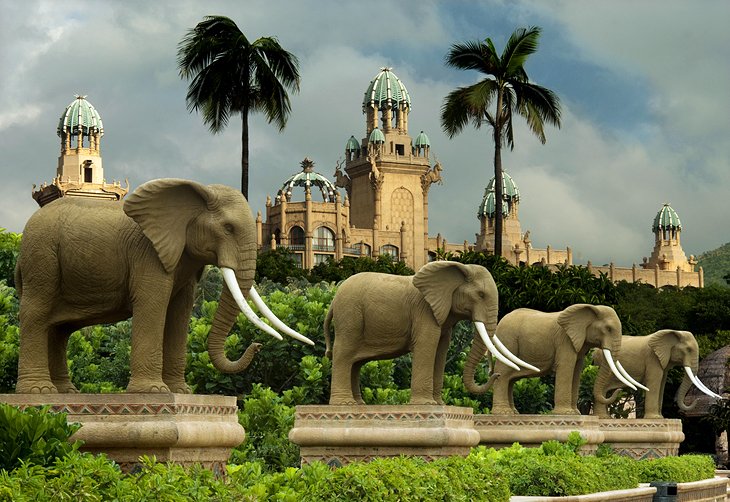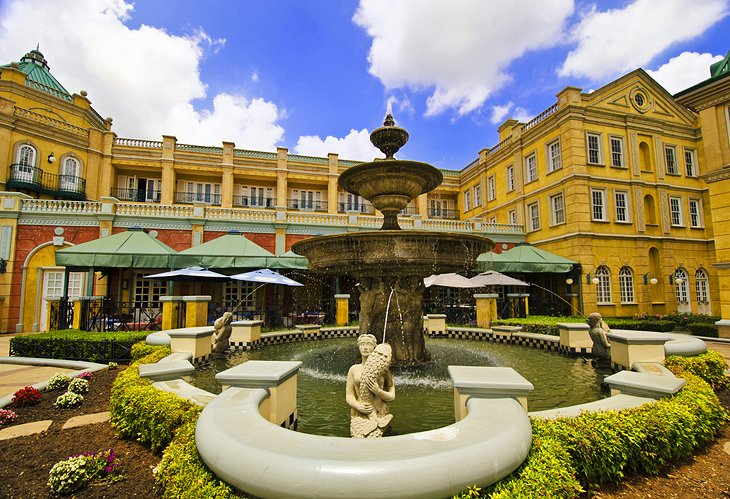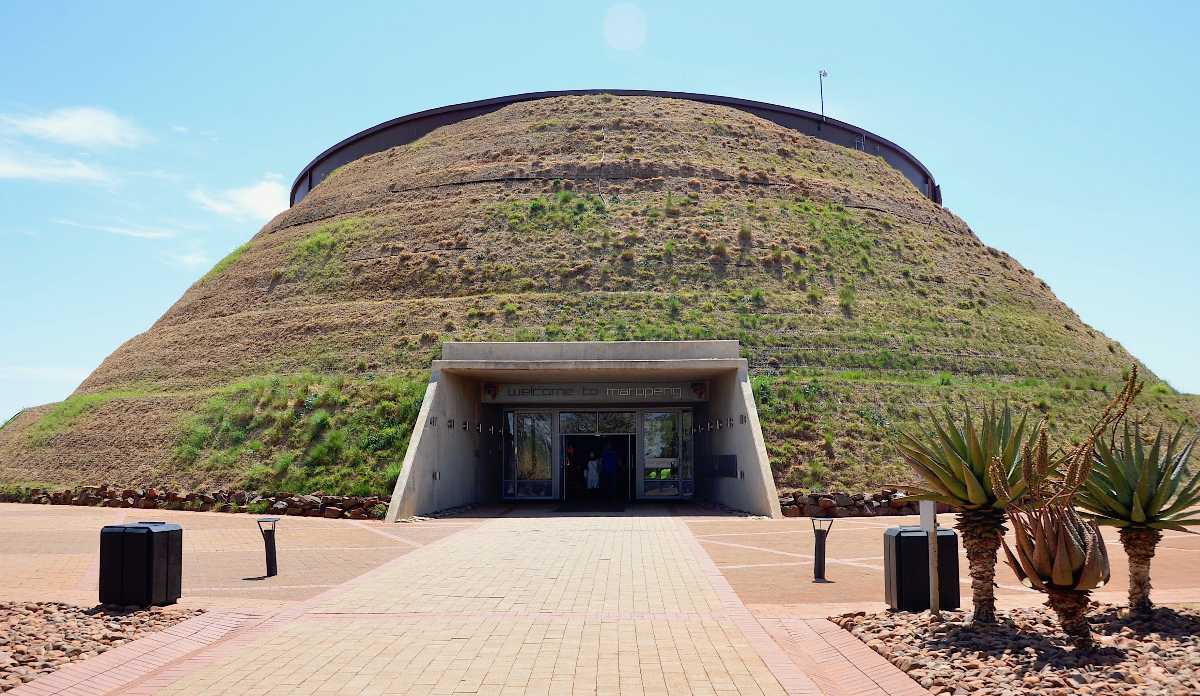What Does Johannesburg North Attractions Mean?
What Does Johannesburg North Attractions Mean?
Blog Article
An Unbiased View of Johannesburg North Attractions
Table of ContentsThe Single Strategy To Use For Johannesburg North AttractionsNot known Details About Johannesburg North Attractions The Of Johannesburg North AttractionsWhat Does Johannesburg North Attractions Mean?What Does Johannesburg North Attractions Do?The Main Principles Of Johannesburg North Attractions The Facts About Johannesburg North Attractions Uncovered
Nevertheless you need to keep protection in mind and travelers have to stay sharp in all times when in unknown environments. Speak with the locals when you are in town to discover the area you are remaining in. Johannesburg North attractions. When on the street (this does not use to shopping center and other safe settings) best general suggestions is to try your best to resemble a neighborhood and to prevent presenting any type of kind of wealth
A Biased View of Johannesburg North Attractions
Teacher Revil Mason O. J. (Thomson, 1946) discovered the Witwatersrand's pre-colonial history. His archaeological work took off the 'em pty land' myth, according to which the area was without human habitation prior to the arrival of European settlers. In his publications Prehistory of the Transvaal: A Document of Human Task (1962) and Origins of Black People of Johannesburg and the Southern Western Central Transvaal AD 3501880 (1986 ), Professor Mason showed the extent of social and economic advancement in the area before Europeans set foot here.

Some Known Factual Statements About Johannesburg North Attractions
In 1878, David Wardrop found gold in quartz veins at Zwartkop, north of Krugersdorp. In 1881, Stephanus Minnaar came across gold on the farm Kromdraai, near the Cradle of Humankind.
In March 1886, an outcropping (soon to be called the Main Reef) was discovered, fairly fortuitously, on Gerhardus Oosthuizen's farm Langlaagte. Some state that the Lancastrian coal miner George Walker found this reef. One more travelling English miner, George Harrison (that had previously operated in Australian mines) gotten a prospecting permit in regard of Langlaagte in May 1886.
He made a decision to proceed in a mission for greener pastures, and disposed of his Langlaagte insurance claim for the baronial amount of 10. Alas: under lay the richest goldfield ever discovered. The exploration of this rich auriferous reef provoked a gold thrill that signified completion of bucolic tranquillity in the southerly Transvaal.
It would certainly, within 6 years, end up being the largest community in southerly Africa. Within a years, it would make the Z. A. R. up until then an anarchical and insolvent little state the richest nation in Africa. By the turn of the century, the Z. A. R. was to exceed Russia, Australia and the Read Full Article United States of America to become the world's leading gold producer, generating greater than a quarter of the world's gold.
Some Known Details About Johannesburg North Attractions
It was called Ferreira's Camp, named after Colonel Ignatius Ferreira. He was a Boer traveler upon whom the British authorities had bestowed the standing of Companion of the A Lot Of Distinguished Order of St Michael and St George (qualifying him to the post-nominal letters C. M. G.) in gratitude for his duty in the war that had deposed the Pedi king Sekhukhune in 1879.
Two various other camps were developed: Meyer's Camp on the farm Doornfontein, and Paarl Camp. The latter was nicknamed Afrikander Camp; numerous individuals from the Cape Colony resolved there.

Johannesburg North Attractions for Beginners
This name gained money by word of mouth, such that the State Assistant verified the name to the Mining Commissioner on 9 October 1886. Stands in the town were auctioned on 8 December 1886. While some stands were cost 10, others were torn down for as little as sixpence.
2 years later, these erven were to alter hands for as high as 750 each. The tented camps diminished as a dorp of corrugated iron structures developed and increased north of the mines located along the Key Reef Road. Areas such as Jeppe's Community (where working-class immigrants erected their homes) and Doornfontein (where the wealthy new 'Randlords' began to build their luxurious homes) were quickly contributed to the ever-expanding map of the town.
The Buzz on Johannesburg North Attractions
Aside from the road names, there were no signs of Johannesburg being located in a Dutch-speaking country. Numerous years later, C. W. Kearns O. J. (among the very first kids enlisted at St John's University in 1898) would recall: 'An odd truth concerning Johannesburg was that, although it was in the [Boer Republic], nearly everybody spoke English and also the Government slaves resolved one in English, unless they were first resolved in the Taal (or Reduced Dutch)'.
Britain had a rate of interest in making sure ideal conditions for gold manufacturing on the Witwatersrand, and that the gold was exported to London instead than Berlin a critical made all the more clamant by the Z. A. R.'s increasing toenadering with Germany. Mine owners got on a clash with Head of state Kruger, whose policy of monopolistic giving ins (commonly given to his cronies) stopped mining business from acquiring materials of materials (especially dynamite) and work on their own, less costly over at this website terms
Our Johannesburg North Attractions PDFs
In 1890, the Volksraad had actually restricted the franchise business to white men who had actually stayed in the Z. A. R. for fourteen years or longer, therefore disqualifying most of the immigrants (that took place to be the major factors to the fiscus). However, anxiety for the ballot was a simple pretense for advertising a various agenda; the majority of uitlanders regarded themselves as momentary site visitors and had no intention of staying in the Z.
Report this page